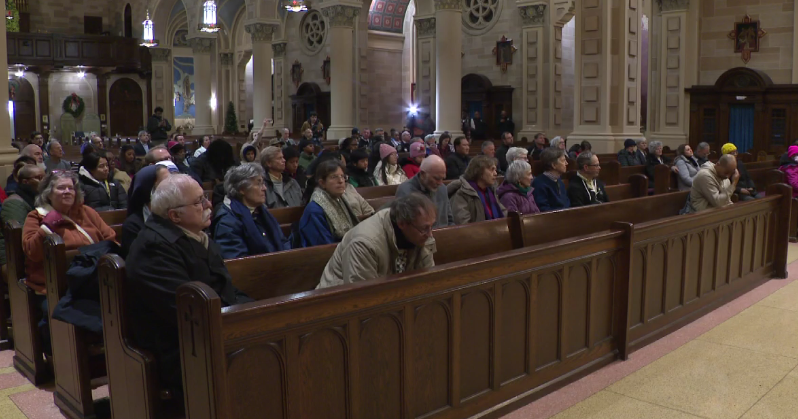More Americans are working into old age
- A greater share of older Americans are remaining in the workforce compared with a decade ago, new Census data show.
- Alexandria City, Virginia, has the highest percentage of working seniors, with almost 1 in 3 remaining in the local workforce.
- Some seniors want to stay employed for professional and social reasons, while others need to work due to lack of retirement savings.
More Americans are working past the traditional retirement age of 65 compared with a decade ago, new U.S. Census data show.
Between 2014 and 2018, the share of seniors age 65 to 74 who are employed reached almost 26% between 2014 and 2018, up from 25.2% in the prior five-year period, according to the government's American Community Survey. The percentage of Americans over age 75 in the workforce also rose, increasing to 6.6% from 5.9% over that span, the Census said.
That comes as the the overall labor force participation rate — the share of working-age people who are employed or looking for work — has slumped. In January 2009, nearly 66% of Americans were in the labor force, but that had fallen to 63.1% by the end of 2018, according to data from the Bureau of Labor Statistics.
The Census figures don't explain why a greater share of seniors are working compared to a decade ago. But previous research has indicated two drivers: More people are staying healthy as they age, and a lack of retirement savings.
The typical U.S. worker has saved only $50,000 for retirement, according to a new report from the Transamerica Center for Retirement Studies. For people who learn less than $50,000 a year, the typical total retirement savings is a meager $3,000.
"You are seeing a trend that is significant and likely to be long-lasting," said Teresa Ghilarducci, a labor economist and professor at the New School for Social Research. "Most of the older people who working after age 65 are working because their pension income and retirement plan wealth is nonexistent or very low."
At the same time, many younger adults are dropping out of the workforce due to the opioid crisis and low wages, which she said are "not enough to get people into paid work. We see this among lower-educated males."
As for older Americans working longer, it's partly due to what the Economist magazine calls the rise of the "yolds," or the "young-olds" — people age 65 to 75 who aren't ready to retire. A 2016 report from Stanford University shows that 17% of Americans between 70 and 74 were still working at least 10 hours weekly in 2012, up from about 12% from 2000. The reason: Workers with a higher educational attainment and higher incomes are staying in the workforce longer.
But the trend highlighted by Ghilarducci — a lack of retirement savings — isn't as hopeful. Almost one in five Baby Boomers have less than $5,000 set aside for retirement, according to the 2019 Planning & Progress Study from Northwestern Mutual. Not surprisingly, the same share of boomers say they expect to work past age of 74, the study found. The upshot: Many older Americans aren't working by choice, but rather to make ends meet.
Some parts of the U.S. have a higher proportion of seniors in the workforce, the Census found. The largest share is in Alexandria City, Virginia, where roughly 1 in 3 seniors are working, it found. Other cities where more than 1 in 4 seniors are working include:
- Fairbanks North Star Borough, Alaska
- Garfield County, Colorado
- Marin County, California
- Montgomery County, Maryland
- Windham County, Vermont





